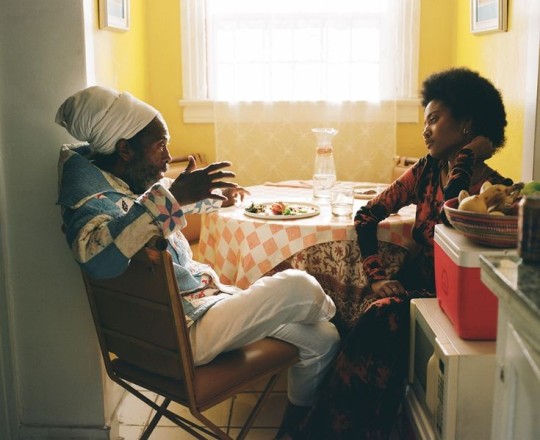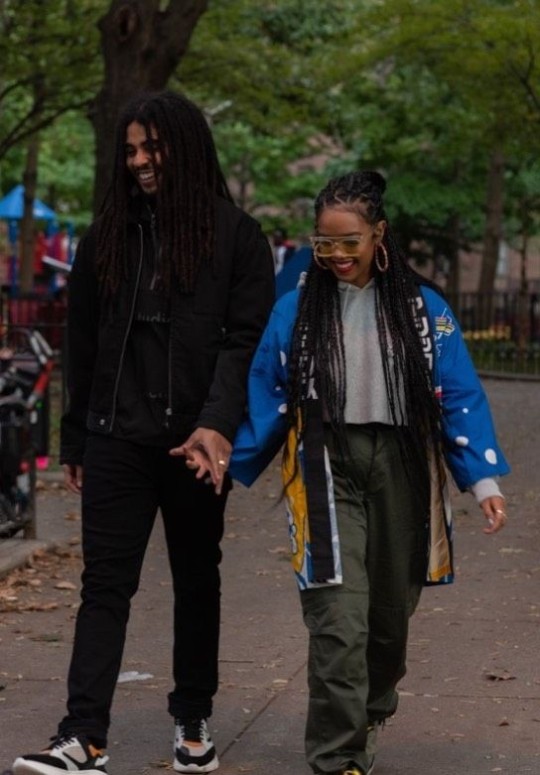#rasta love
Text

#black people#black community#black art#original photographers#black culture#black history#black power#artwork#graphic design#black family#black woman#black panther#rasta love#rastafari#rasta#rastaman
99 notes
·
View notes
Text

55 notes
·
View notes
Text



In Jamaican dancehall music, a riddim is the instrumental accompaniment to a song and is synonymous with the rhythm section. Jamaican music genres that use the term consist of the riddim plus the voicing (vocal part) sung by the deejay. A given riddim, if popular, may be used in dozens—or even hundreds—of songs, not only in recordings but also in live performances.
Since the 1970s, riddims have accompanied reggae music and through the 1980s, more widely known as dancehall. As seen in dancehall music, there is a voicing part – sung by the DJ – over some riddim that has probably been widely used in many other songs. There is a unique establishment in the combination of riddims and voicing.
By 1993, Jamaica finally established a copyright act, but producers still face difficulty in establishing profit. Through proper registration, many artists now work on negotiating their royalties and taking it more seriously. The unique nature of dancehall and riddims have been highly influential on the numerous remixes that now circulate throughout R&B and hip-hop music.
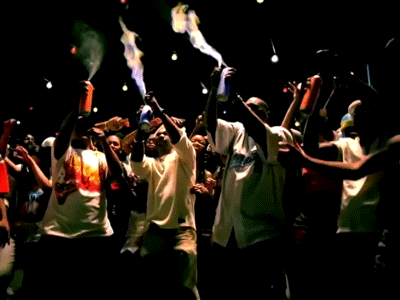
Some classic riddims, such as "Nanny Goat" and "Real Rock" both produced by Clement "Coxsone" Dodd, are essentially the accompaniment tracks of the original 1960s reggae songs with those names. Since the 1980s, however, riddims started to be originally composed by producers/beatmakers, who give the riddims original names and, typically, contract artists to voice over them. Thus, for example, "Diwali" is the name not of a song, but of a riddim created by Steven "Lenky" Marsden, subsequently used as the basis for several songs, such as Sean Paul's "Get Busy" and Bounty Killer's "Sufferer."
"Riddims are the primary musical building blocks of Jamaican popular songs.... At any given time, ten to fifteen riddims are widely used in dancehall recordings, but only two or three of these are the now ting (i.e., the latest riddims that everyone must record over if they want to get them played in the dance or on radio).... In dancehall performing, those whose timing is right on top of the rhythm are said to be riding di riddim.

The bass culture of Jamaican sonic sensibilities is characterized with less emphasis on melody and large emphasis on the drum beats and low frequency bass vibrations to draw attention to the social grounding to the culture. These aspects of Jamaican music are expressed visually through the Dancehall choreography and its African inspired folk traditions, which emphasize earthly connection through flat-footed stamping and “bumper-grinding sexually explicit choreography, where the bass note is struck by the body itself—displaying its fecundity and celebrating its fertility”. This bass culture is also embodied sonically by the music's heartbeat, the bass lines often described as riddims, produced in the late 1960s and early 1970s. These riddims offer a sonic foundation on top of which different other sounds are incorporated to form innumerable versions.
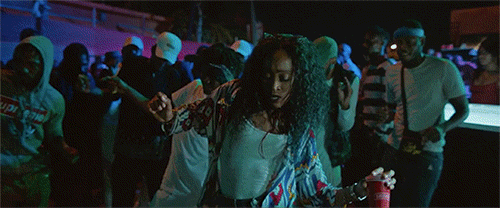
African in origin (see clave (rhythm) and bell pattern), riddims can generally be categorized into three types. One of the oldest types of riddim is the classical riddim providing roots reggae, dub, and lovers rock with instrumentals, such as Bam Bam, produced by Sly & Robbie. The second type is the ragga riddim backing raggamuffin and dancehall songs, such as the Juice riddim, produced by Richard "Shams" Browne. The third type is the digital riddim, such as Sleng Teng, Punaany Riddim & Duck Riddim produced by King Jammy.
A number of riddims take their name and influence from African-Jamaican religious drumming such as the Kumina riddim, created in 2002 by Sly and Robbie, and Burru.

#african#afrakan#kemetic dreams#africans#brown skin#brownskin#afrakans#african culture#afrakan spirituality#african music#riddim#burru#african jamaican#jamaican#jamaica#jamaican music#rastafari#rasta#rastaman#rasta love#dancing rasta
17 notes
·
View notes
Text

Funny Jamaican Rasta clip art
#artists on tumblr#digital art#digital painting#digital artist#my clip art#ai artwork#ai fun#funny ai#ai art gallery#ai art generator#rasta#rasta love#jamaica#Jamaican Rasta boy
9 notes
·
View notes
Text

ᐯօղì乙𝕞
#bob marely#the wailers#reggae#king of reggae#rasta#rastalife#rasta love#jamaica#urban#don1von#vonizm
186 notes
·
View notes
Text
Bigga Haitian website
#music#soundcloud#bigga haitian#empress#reggae#roots#haiti#haitian#rastafari#rastawoman#jah rastafari#rasta#rasta love#rastaman#caribbean
4 notes
·
View notes
Text

#jah#rastafari#rasta love#rasta#rastaman#girlblogging#fiona apple#moodboard#makko#black girl moodboard#90s tv shows#deutschrap zitat#style#thrasher magazine#alexander mcqueen#bobmarleymovie#bob marley
4 notes
·
View notes
Text
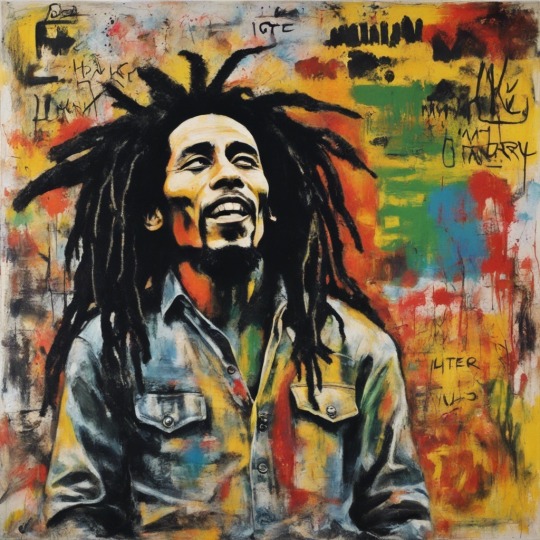
BOB MARLEY
6 notes
·
View notes
Text
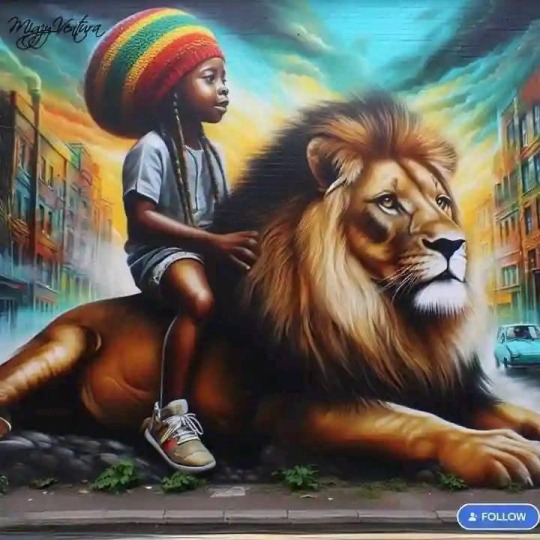
#black community#original photographers#black people#graphic design#black art#black history#artwork#black power#black family#black culture#jamaica#rastafari#rasta love#rasta#rasta queen#rastaman#jamaican#dancehall#reggae#black woman
20 notes
·
View notes
Text

48 notes
·
View notes
Text
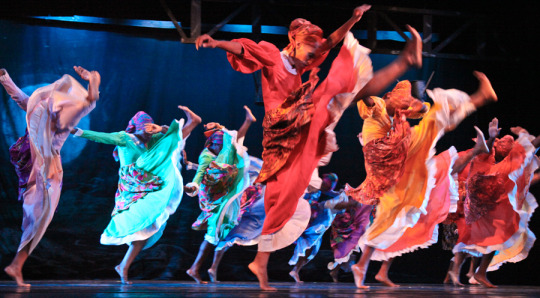
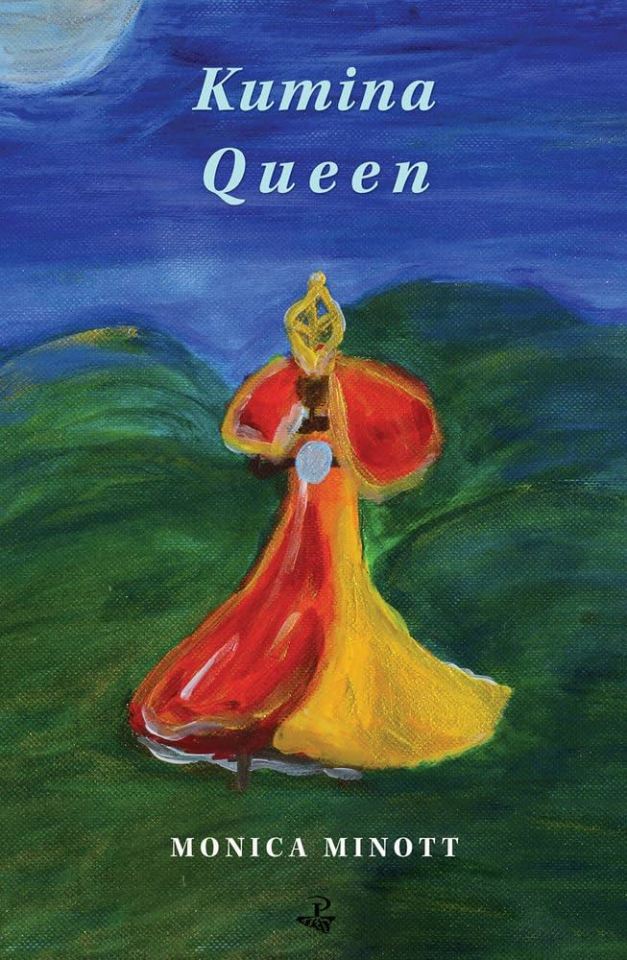
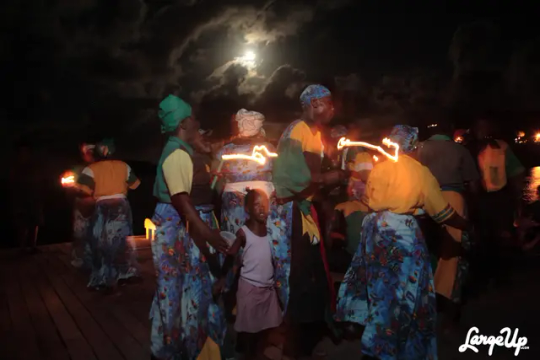
Kumina is an Afro-Jamaican religion. Kumina has practices that include secular ceremonies, dance and music that developed from the beliefs and traditions brought to the island by Kongo enslaved people and indentured labourers, from the Congo region of West Central Africa, during the post-emancipation era. It is mostly associated with the parish of St. Thomas in the east of the island. However, the practice spread to the parishes of Portland, St. Mary and St. Catherine, and the city of Kingston.

Kumina also gives it name to a drumming style, developed from the music that accompanied the spiritual ceremonies, that evolved in urban Kingston. The Kumina drumming style has a great influence on Rastafari music, especially the Nyabinghi drumming, and Jamaican popular music. Count Ossie was a notable pioneer of the drumming style in popular music and it continues to have a significant influence on contemporary genres such as reggae and dancehall.
The Kumina riddim is a dancehall riddim produced by Sly & Robbie in 2002. It has featured in recordings of over 20 artists including Chaka Demus & Pliers and Tanya Stephens.
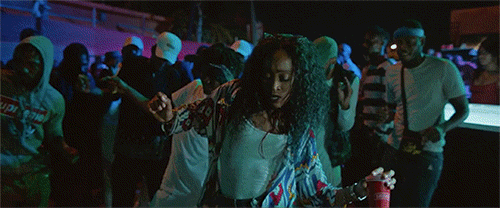
Kumina is an Afro-Jamaican Religion and is not the same as Pukkumina or Pocomania.
Kumina emerged through the practices of indentured labourers who were brought to Jamaica from the Kongo region of central Africa after the abolition of slavery. In the second half of the 19th century it syncretised with Myalism. Kumina differed from Zion Revivalism in rejecting the belief that the Bible should be the central authority behind worship.
The practices of Kumina are primarily linked to healing.[4] Healing ceremonies utilise singing, dancing, drumming, animal sacrifice, and spirit possession, with the intent of summoning spirits to heal the sick individual. These elements are also found in Myalism and Zion Revivalism.
Organization of Kumina communities follows the general local character of African religions in Jamaica. Kumina communities are small family based communities or nations. Some nations include Mondongo, Moyenge, Machunde, Kongo, Igbo, and Yoruba. People from Kumina families are given the title Bongo. Marrying into a Bongo family is one avenue to become a part of a Kumina nation; special initiation is the other avenue. Kumina nations are led by a "King" and "Queen". Imogene "Queenie" Kennedy AKA Queenie III (c1920-1998) was a well-known Kumina Queen in the 20th century, born in St Thomas in the late 1920s she later moved to Kingston and then Waterloo, St Catherine.


The use of cannabis or ganja in Kumina may have been an influence on the adoption of this plant as a sacrament in Rastafari, a religion that developed in Jamaica during the 1930s.
#kumina#afro jamacian#jamaican#rastafari#african#afrakan#kemetic dreams#africans#brown skin#afrakans#african culture#afrakan spirituality#brownskin#rasta#rasta love#dancing rasta#rastaman#kisumi amau#impulsesv#tegan and sara#sexy nerd
8 notes
·
View notes
Text

#rastafari#rasta love#rasta#rastaman#rasta colors#dancing rasta#rasta pasta#420stoner#girls who smoke weed#weedlife#smoke weed everyday#weed intox#weedsociety
3 notes
·
View notes
Text

2 notes
·
View notes
Text
youtube
⚜️🪽🕯️
#palestine#war crimes#redemption song#rastafari#rasta love#freedom#free palestine#free gaza#defund war crimes#human rights#humanity#Youtube
2 notes
·
View notes
